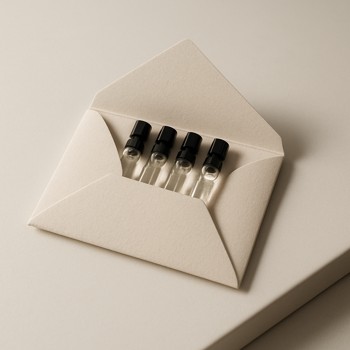Bench folders
Weighed formulas printed and filed with dates and tiny comments.
Inside the lab
This page collects working notes from the bench rather than polished bottle stories. It shows how a perfume moves from first sketch to a quiet, finished structure.
Some days are full of discarded strips and stubborn accords. Others are calm, with tiny edits that finally make a scent feel inevitable. All of them live inside the atelier.

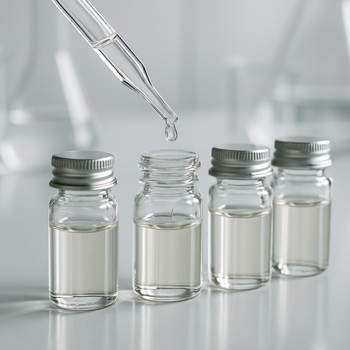
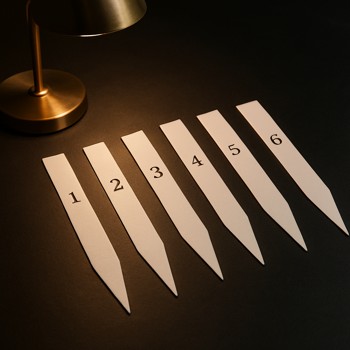
Bench rhythm
The lab runs on repeatable steps rather than luck. Each session follows a simple rhythm: weigh, blend, rest, return.
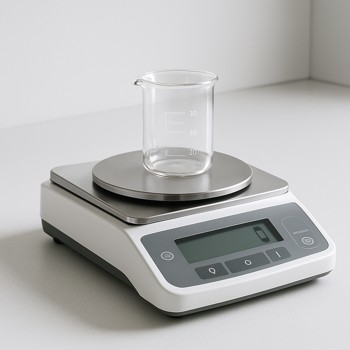
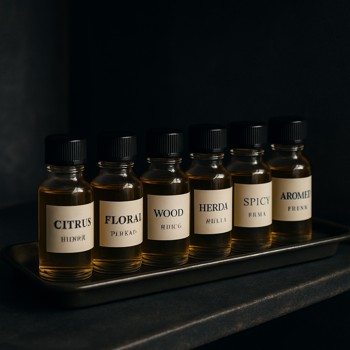
Material library
Every bottle in the library is tagged by how it behaves in a formula, not just by name.
Materials that hold a formula steady: woods, resins and certain musks.
Materials that set the silhouette: green lines, smoke, mineral tones.
Small doses that add texture: metallic hints, petals, ink, skin.
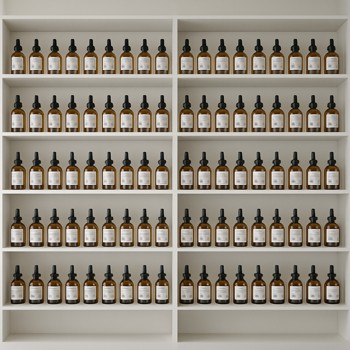
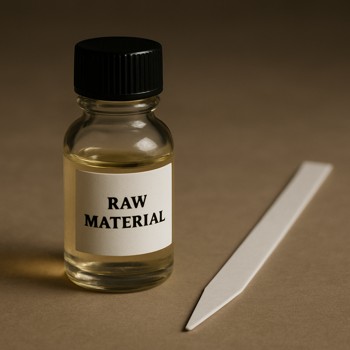
Formula evolution
The first idea is rarely the one that ends in a bottle. Most Scent Atelier formulas pass through several versions that only change by a few drops.
Fast blend to test the overall shape on paper strips.
Adjusted for balance, worn by the same few people for days.
Small edits only when the formula feels calm and obvious.
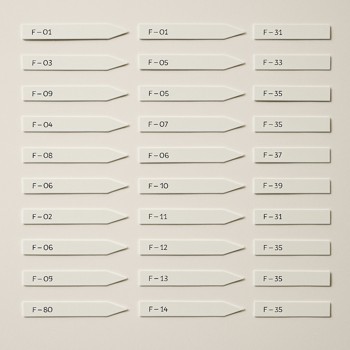

Error pile
The atelier keeps a visible pile of formulas that did not work, so the bench remembers that discarding is part of the craft.
Projection that cannot be turned down with dilution.
Accords that feel the same from first spray to final fade.
Blends that repeat a feeling already in the catalogue.
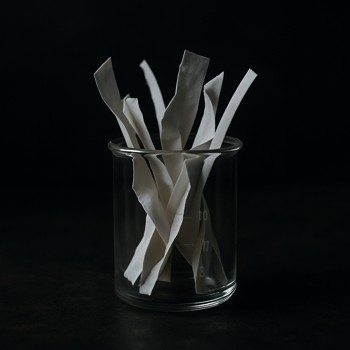
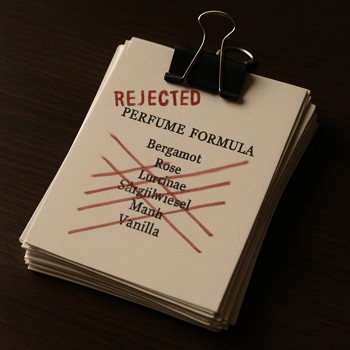
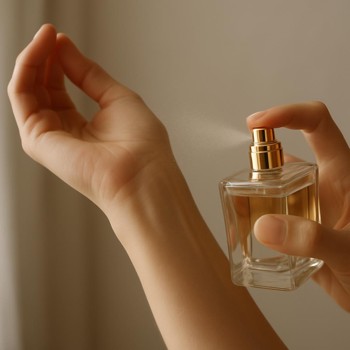

Skin & fabric
Scent Atelier blends leave the bench quickly. Before a formula is approved, it has to survive commutes, meetings, kitchens, corridors and late returns.
Checked across wrist, neck and inner arm at different hours.
Sprayed lightly on coats, scarves and collars for trails.
Accord sketches
Before a full perfume exists, the atelier builds small accord sketches. Each one tests a single idea: a mineral air, a paper note, a soft kind of smoke.
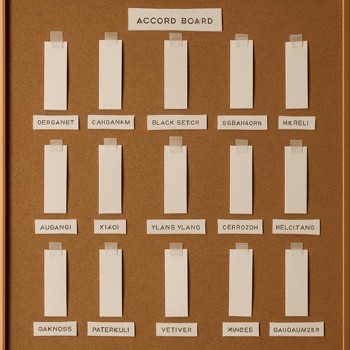
First blends ignore detail and focus on silhouette and distance.
Pairs of materials are checked for tension and balance.
Only a few sketches move forward into full formulas.
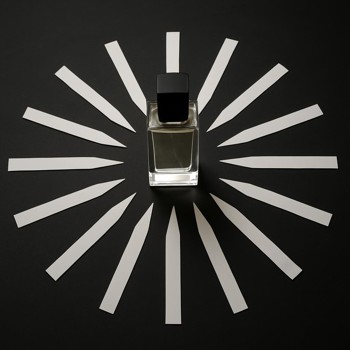
Maceration calendar
Fresh blends are never judged in the same hour they are made. Each one gets a quiet place on the maceration shelf and its own small calendar line.
Only technical checks, no full wearing yet.
First full-day wears on skin and fabric.
Formula is considered stable enough for real evaluation.
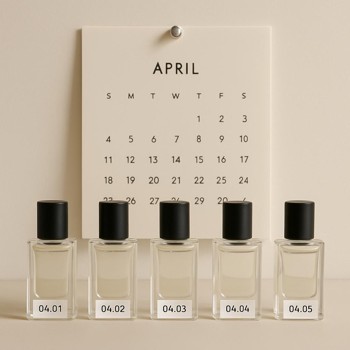
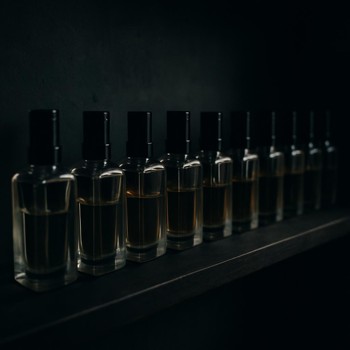
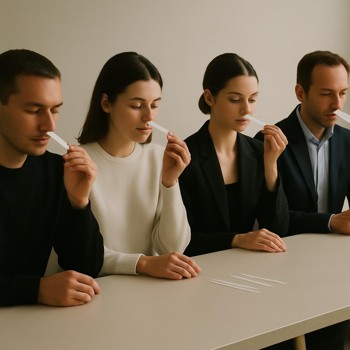
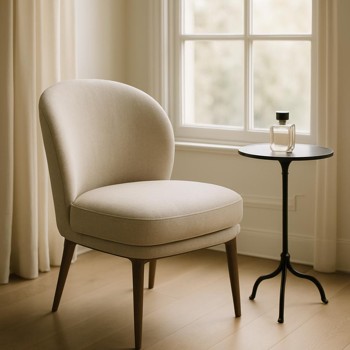
Quiet panel
There is no large focus group. Instead, the same handful of people wear each formula in their real routines and send back careful notes.
People who know the catalogue and can feel small changes.
Tests in offices, studios, classrooms and late trains.
Feedback stored as short, clear sentences, not scores.
Lighting & silence
The same lamp, the same corner of the table and the same quiet background help keep evaluations consistent. The goal is to hear the formula, not the room.
No overhead glare, just a warm circle over strips and notes.
Silence or low room hum instead of music that colours the mood.
Strips lifted to the same place near the nose, every session.
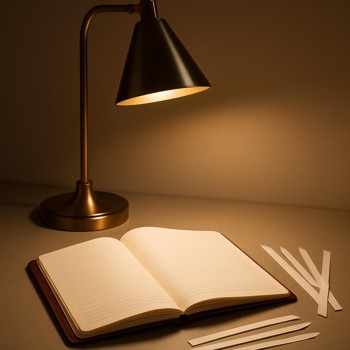
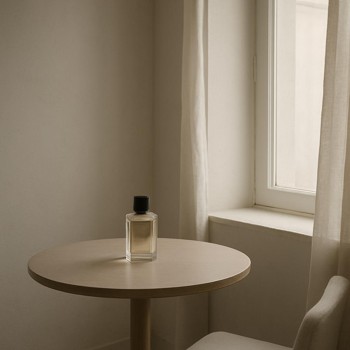
Formula archive
Every Scent Atelier release leaves a trail of papers, vials and strips. The archive keeps those traces organised so future batches can stay honest to the first one.
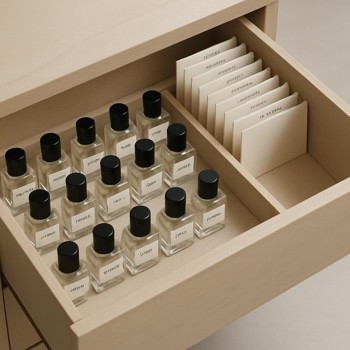

Weighed formulas printed and filed with dates and tiny comments.
Short sentences from real days, not long essays about notes.
A single bottle kept sealed for each formula’s first approved batch.
Names & labels
The words on a Scent Atelier bottle come late, after the scent feels clear. A name should describe the atmosphere, not explain every note.
A simple studio nickname used during the long bench phase.
Chosen once wearers describe the same feeling in their notes.
Only a few words, leaving space for personal associations.
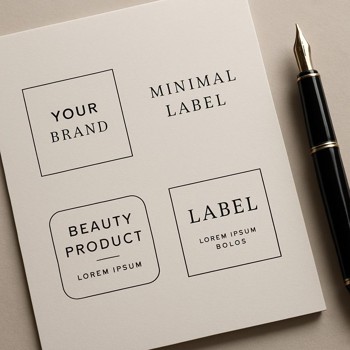
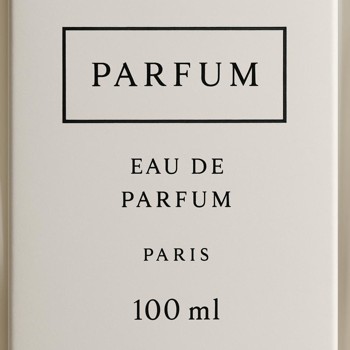
Sensory wall
Not every idea becomes a bottle. Some stay on the wall as loose impressions that guide future work: colours, textures, small scenes from everyday life.

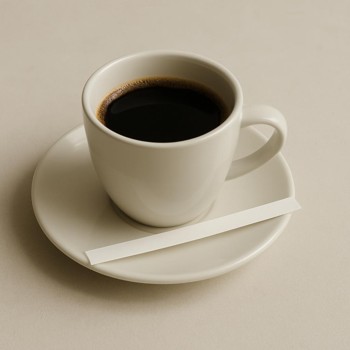
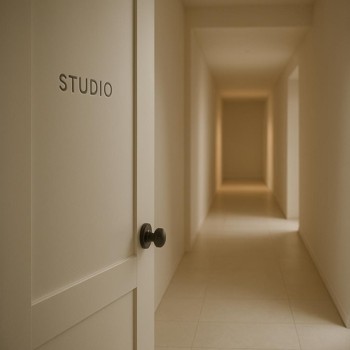
One quiet day
A typical Scent Atelier day moves slowly, with long stretches of concentration and short breaks to reset the nose.
Lights on, scales warmed, yesterday’s strips checked in fresh air.
Bench cleared for a focused blending window with no calls.
Notebook updated, new blends labelled and moved to the shelf.
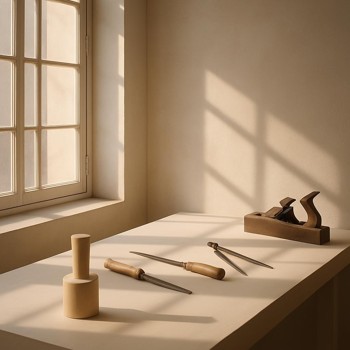



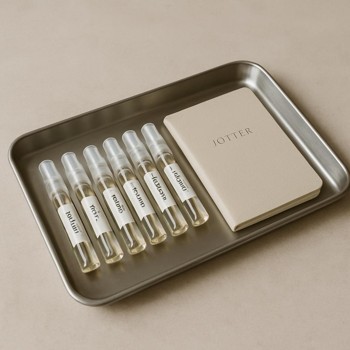
Bench tools
The atelier keeps its toolkit deliberately small. Familiar tools reduce noise, so changes in a formula are easier to hear.
Calibrated for tiny changes that still matter in the bottle.
Beakers and flasks in everyday sizes, replaced before they cloud.
Strips, notebooks and cards tying each test back to its formula.
Future trials
Not every experiment can be run at once. New ideas line up in a small queue so the atelier can give each one enough attention when its time comes.
Short notes and raw-material lists pinned for later sessions.
Some blends wait for colder air or warmer evenings before testing.
Each trial carries one clear question the formula should answer.


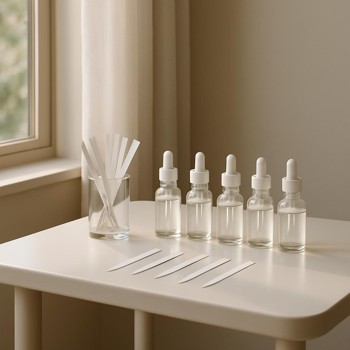
From lab to routine
Bottles leave the atelier in small waves and begin new routines on desks, shelves and hallways around the world. That is where the formulas finally belong.
Small vials invite slow testing before any full bottle choice.
Scents are designed to support a day, not overpower it.
Formulas aim to feel personal, not immediately recognisable.
